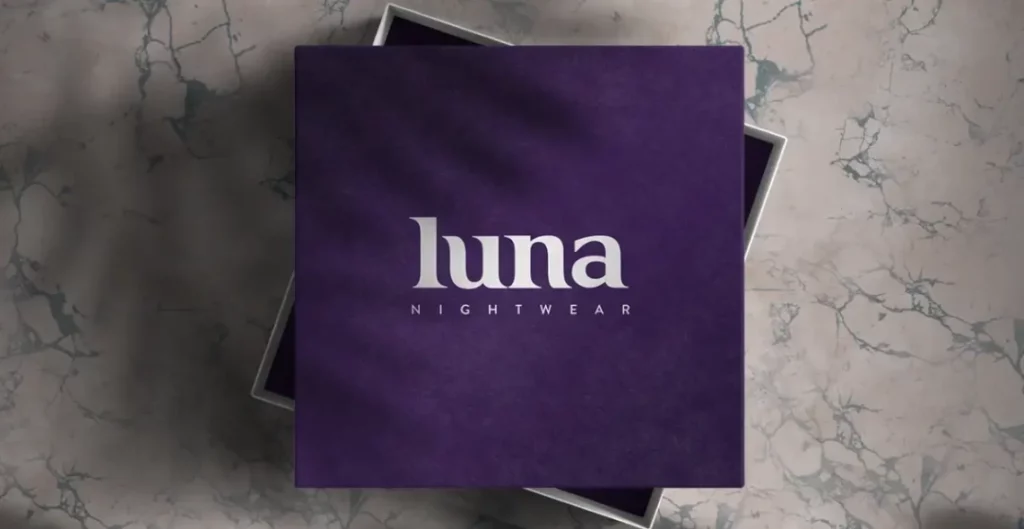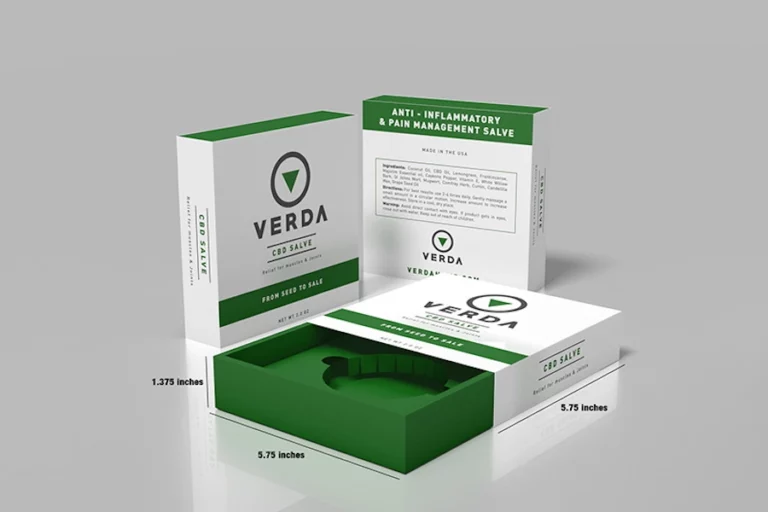Packaging is an essential aspect of product presentation, protection, and transportation. It serves as a bridge between manufacturers and consumers, ensuring that goods reach their destination safely while also enhancing brand identity. In today’s competitive market, packaging is more than just a container—it plays a vital role in marketing, sustainability, and user experience.
Importance of Packaging
Packaging is crucial for several reasons, including product protection, brand representation, and convenience. Let’s take a deeper look into the key functions of packaging:
1. Protection of Products
One of the primary purposes of packaging is to safeguard products from external factors such as moisture, dust, light, temperature fluctuations, and physical damage. Whether it’s fragile glassware or perishable food items, packaging ensures that the product remains intact from manufacturing to the end-user.
2. Branding and Marketing
Custom packaging is a powerful marketing tool. It helps businesses differentiate themselves in a crowded market by incorporating unique designs, colors, logos, and branding elements. The visual appeal of packaging influences consumer purchasing decisions, making it an integral part of brand identity.
3. Convenience and Functionality
Good packaging enhances the usability of a product. Features like resealable pouches, easy-open lids, and ergonomic designs contribute to a seamless user experience. Packaging also allows for portion control, portability, and extended product shelf life.
4. Information and Communication
Packaging serves as an information medium by displaying essential details such as ingredients, usage instructions, expiry dates, barcodes, and safety warnings. This information helps consumers make informed choices and comply with regulations.
5. Sustainability and Environmental Considerations
With increasing awareness of environmental issues, sustainable packaging has gained importance. Many companies now focus on using recyclable, biodegradable, and eco-friendly materials to reduce their carbon footprint and appeal to environmentally conscious consumers.
Types of Packaging
Packaging can be categorized into three main types based on its role in the supply chain:
1. Primary Packaging
This is the first layer of packaging that comes in direct contact with the product. Examples include:
- Bottles for beverages
- Wrappers for chocolates
- Jars for creams and cosmetics
2. Secondary Packaging
Secondary packaging holds multiple units of a product, often for bulk handling or branding purposes. Examples include:
- Cartons containing multiple cereal boxes
- Shrink-wrapped soda cans
- Display boxes for retail shelves
3. Tertiary Packaging
Tertiary packaging is used for transportation and bulk storage. It ensures that products are delivered safely to distributors and retailers. Examples include:
- Wooden pallets stacked with boxes
- Corrugated shipping cartons
- Large shrink-wrapped bundles
Common Packaging Materials
Various materials are used in packaging based on product requirements, durability, and sustainability. Some of the most common packaging materials include:
- Cardboard & Corrugated Boxes – Lightweight, recyclable, and commonly used for shipping and storage.
- Plastic – Versatile and durable but poses environmental concerns due to its non-biodegradable nature.
- Glass – Used for beverages and cosmetics; offers premium appeal but is fragile.
- Metal (Aluminum & Tin) – Commonly used for canned foods and beverages due to its durability.
- Biodegradable & Compostable Materials – Increasingly used for sustainable packaging solutions.
Trends in Modern Packaging
The packaging industry continues to evolve with emerging trends that focus on innovation and sustainability. Some notable trends include:
- Eco-Friendly Packaging: More brands are shifting to biodegradable and recyclable materials to minimize environmental impact.
- Minimalist Packaging: Simple, elegant, and clutter-free packaging designs are gaining popularity.
- Smart Packaging: Integration of QR codes, NFC chips, and augmented reality to enhance consumer interaction.
- Personalized Packaging: Customization options such as names, messages, and limited-edition designs enhance customer engagement.
Conclusion
Packaging is an indispensable part of modern commerce, serving multiple roles beyond just enclosing a product. It ensures safety, enhances brand visibility, provides consumer information, and contributes to sustainability efforts. As the demand for innovative and eco-friendly packaging continues to grow, businesses must adapt to new trends and technologies to stay ahead in the market. Choosing the right packaging solution not only protects the product but also strengthens the brand’s identity and consumer trust.

